

 The woods, blending well into the deep valley, are welcoming on this day. Edged against the great river, a short distance from the main road, and yet well hidden, lies the Medieval Forest. An emerging area dedicated to the preservation of history, culture, and traditional skills. A way to step back into time, learn authentic crafting and become more aware of nature and personal strength.
The woods, blending well into the deep valley, are welcoming on this day. Edged against the great river, a short distance from the main road, and yet well hidden, lies the Medieval Forest. An emerging area dedicated to the preservation of history, culture, and traditional skills. A way to step back into time, learn authentic crafting and become more aware of nature and personal strength.
It is here that I meet up with Kjell and Maj-Lis for a glimpse inside the eating habits of the Vikings. The husband and wife team are passionate about their country’s history and the area of Numedal. Every year, during July, they, and other enthusiasts, put on a week-long festival featuring local music, courses on textiles, leather, blacksmithing, archery (to name a few) and other festivities centered around the Middle Ages / Viking Age. The week’s festivities held in Stave churches and historical buildings, among other places, create an atmosphere true to Norway’s history for all ages and all types of interests. It’s an opportunity to step back into time – and even ride in a copy of a Viking ship from 850AD.
The valley, known as Numedal, is a glimpse into life during the Middle Ages. A place to experience how Norwegians once lived. Today, Numedal has named itself the Medieval Valley of Norway (Middelalderdalen). They can safely make such a proclamation because within the valley lies the largest remaining collection of houses and buildings older than 1537 AD. In Rollag, Nore og Uvdal municipalities, there are between 50-60 buildings including 4 stave churches, dating back to the 1100s. The predominance of so many medieval buildings still intact may be due, in part, to the wealth local people gained from the extraction of iron. They could then afford such high quality materials and craftsmen to build enduring structures. The valley has also acted as a pathway and crossroads for trading between the east and west for as far back as one could imagine. Knowledge, culture, religious beliefs and other outside influences most likely came through this area because of this important pathway. It also offered locals a way to barter and trade for what they could not produce.
And so here we are today, meeting at a crossroads, to delve into Norway’s past. Kjell starts a fire in-between the stone walls of the hand built oven. The dough has finished rising and a locally-caught trout lies on a wooden plank near the fire pit. We are making a small feast of plankefisk (plank fish) and rugbrød (rye bread with barley grains). Kjell is also showing me a fun way to cook eggs over an open fire. (more…)

 Change is in the air. That time again when the sun stays a little longer each day and the once, all-white landscape has become a collage of earthy tones. We are edging towards spring and that means we are also edging toward the cusp of lent with the celebration of Fastelavns, ‘the fast evening’.
Change is in the air. That time again when the sun stays a little longer each day and the once, all-white landscape has become a collage of earthy tones. We are edging towards spring and that means we are also edging toward the cusp of lent with the celebration of Fastelavns, ‘the fast evening’.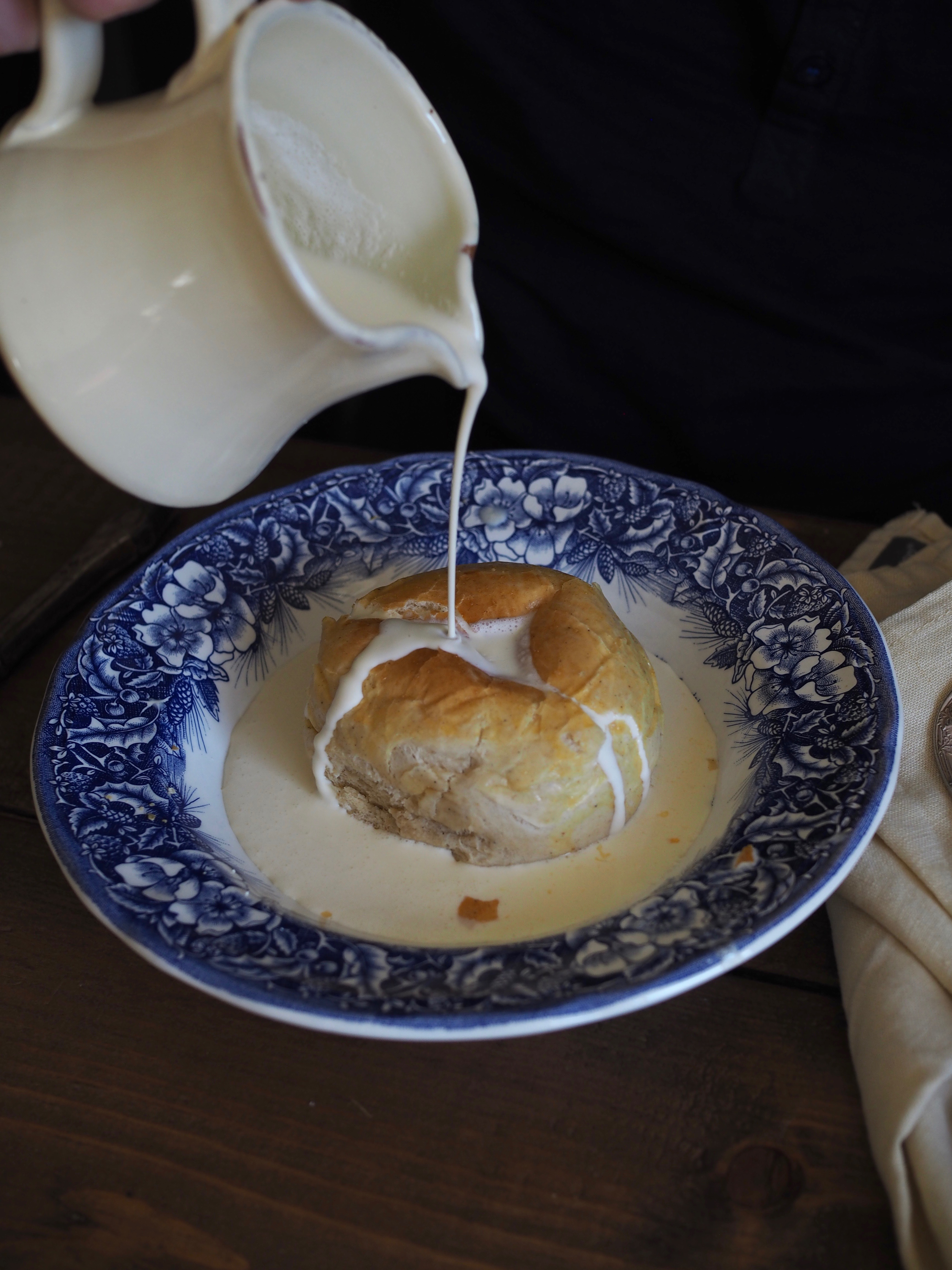
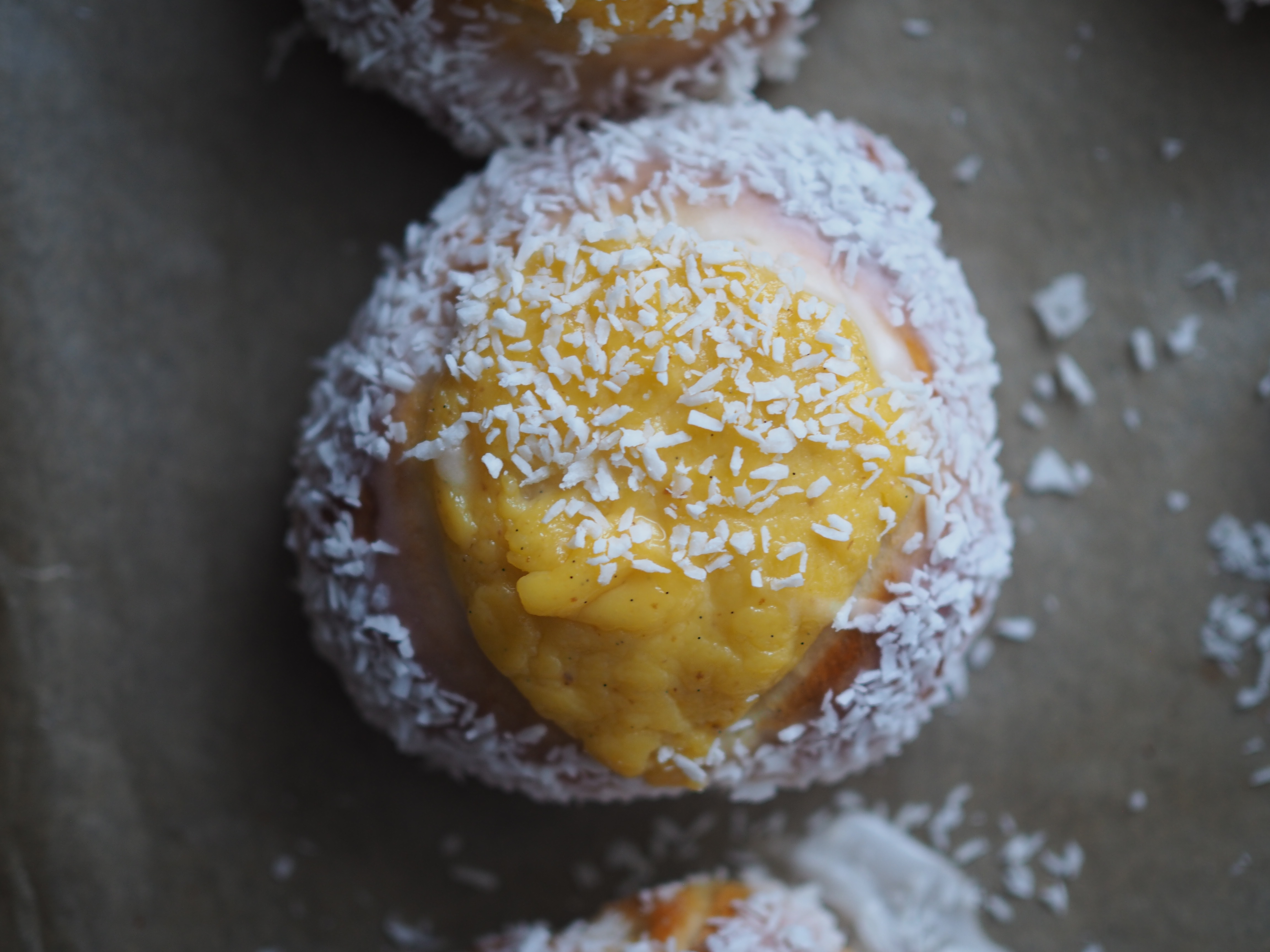

 Some days, you just need to bake. Whatever the occasion, whatever the sky.
Some days, you just need to bake. Whatever the occasion, whatever the sky.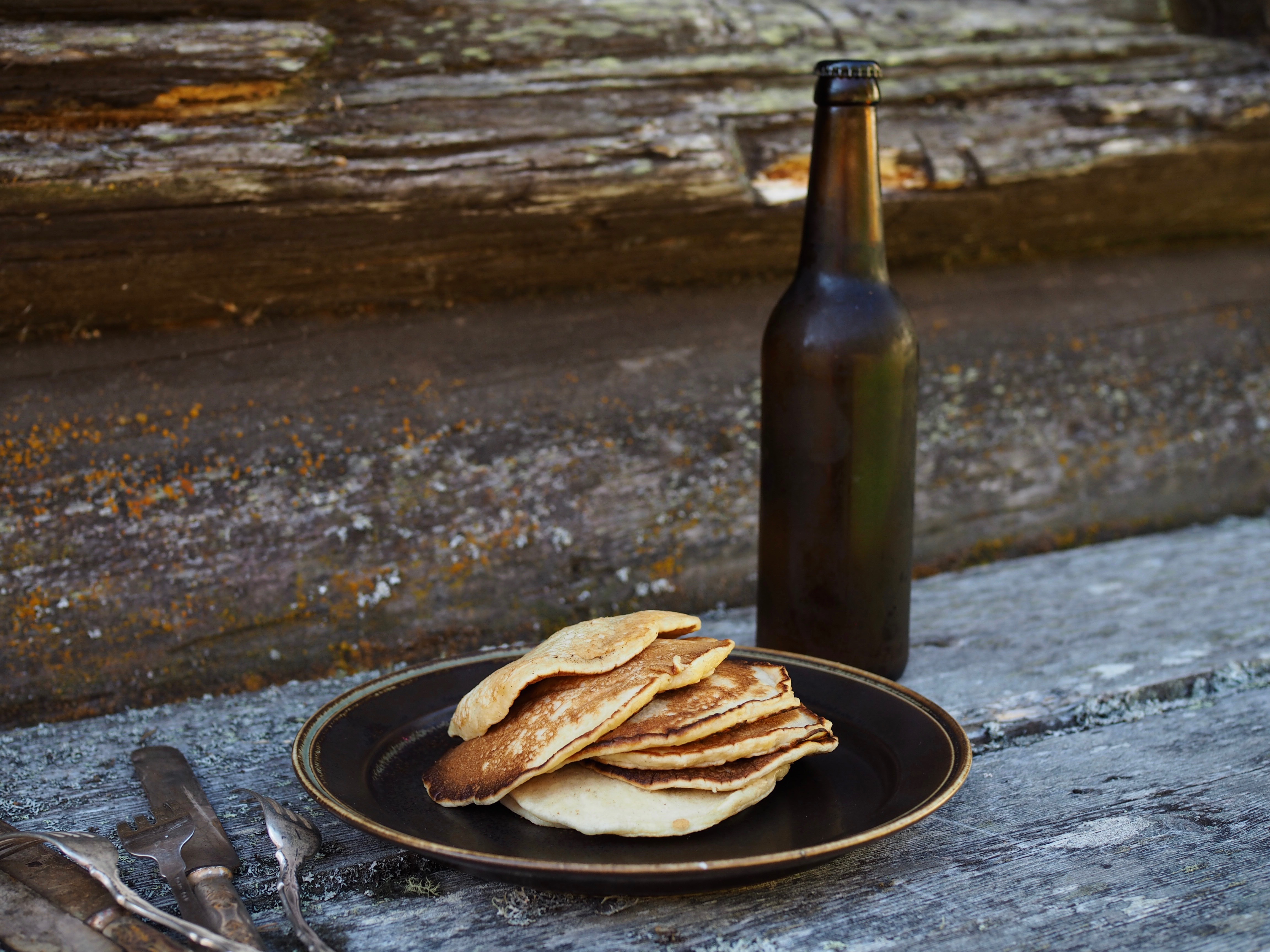

 Lapper is a traditional Norwegian flat cake similar to that of an American pancake, but by no means the same. Flat cakes have a long tradition in Norway, particularly in western Norway, which stretches back to the 1300s when the daily lives of most Norwegians were marked by poverty. Every ingredient was used to its fullest so as not to waste it. Sour milk, surmelk, was a common commodity and families would use the leftovers and mix with dry goods to be baked. The cakes were then served alongside Saturday coffee.
Lapper is a traditional Norwegian flat cake similar to that of an American pancake, but by no means the same. Flat cakes have a long tradition in Norway, particularly in western Norway, which stretches back to the 1300s when the daily lives of most Norwegians were marked by poverty. Every ingredient was used to its fullest so as not to waste it. Sour milk, surmelk, was a common commodity and families would use the leftovers and mix with dry goods to be baked. The cakes were then served alongside Saturday coffee.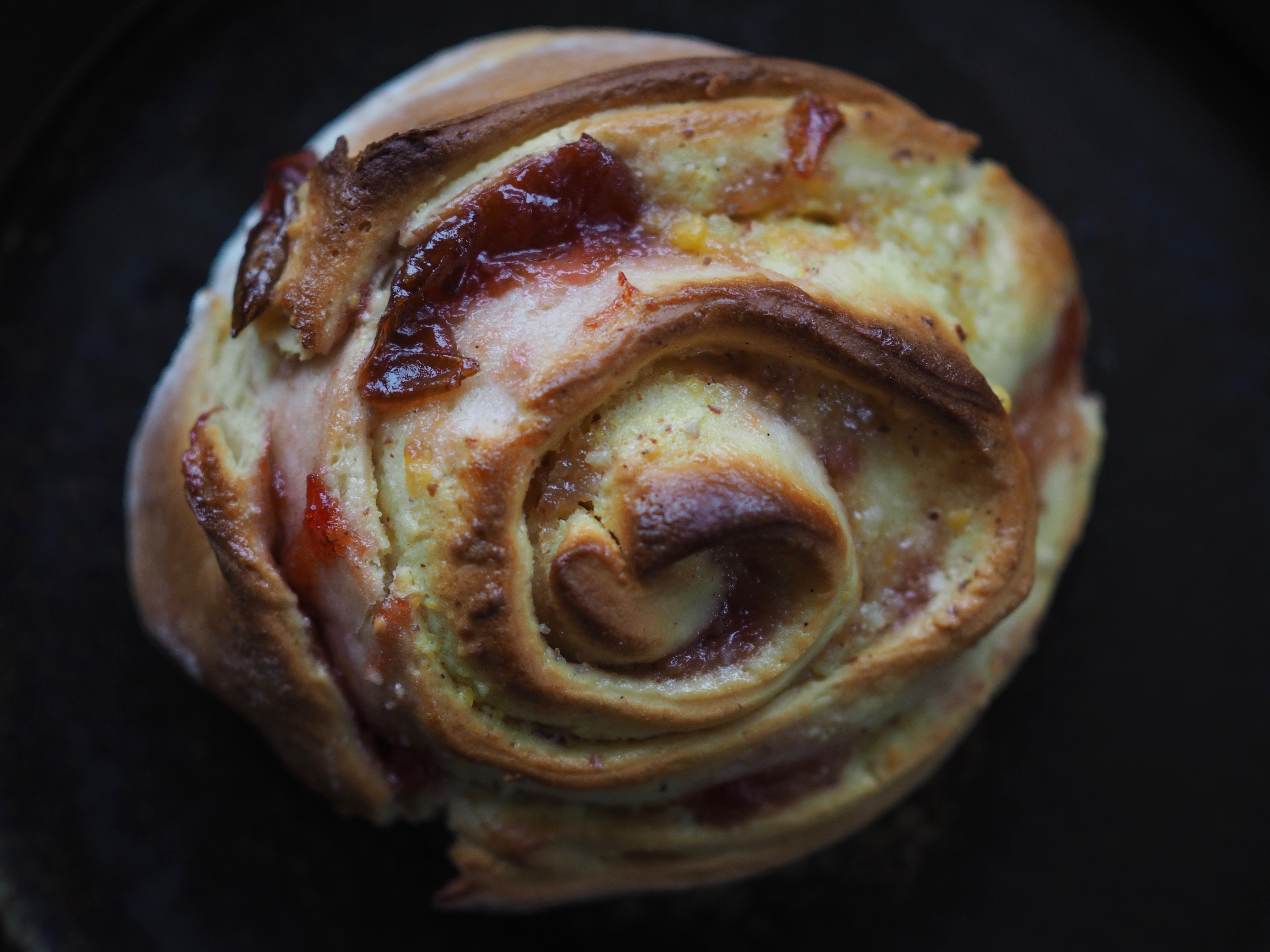
 Lightly sweetened buns, boller, are one of the most beloved breads in Norway. The sweet-smelling aroma coming from boller just baked in the oven is comfort at its best. The milk-based breads are soft and fluffy and lightly scented with spicy cardamom. They are simply divine in their subtleties. The most basic recipe features nothing other than this golden bun and its cardamom, which deserves its own post as it is the mecca for all other types of boller in Norway. This I will be sure to write about sometime in the near future.
Lightly sweetened buns, boller, are one of the most beloved breads in Norway. The sweet-smelling aroma coming from boller just baked in the oven is comfort at its best. The milk-based breads are soft and fluffy and lightly scented with spicy cardamom. They are simply divine in their subtleties. The most basic recipe features nothing other than this golden bun and its cardamom, which deserves its own post as it is the mecca for all other types of boller in Norway. This I will be sure to write about sometime in the near future.
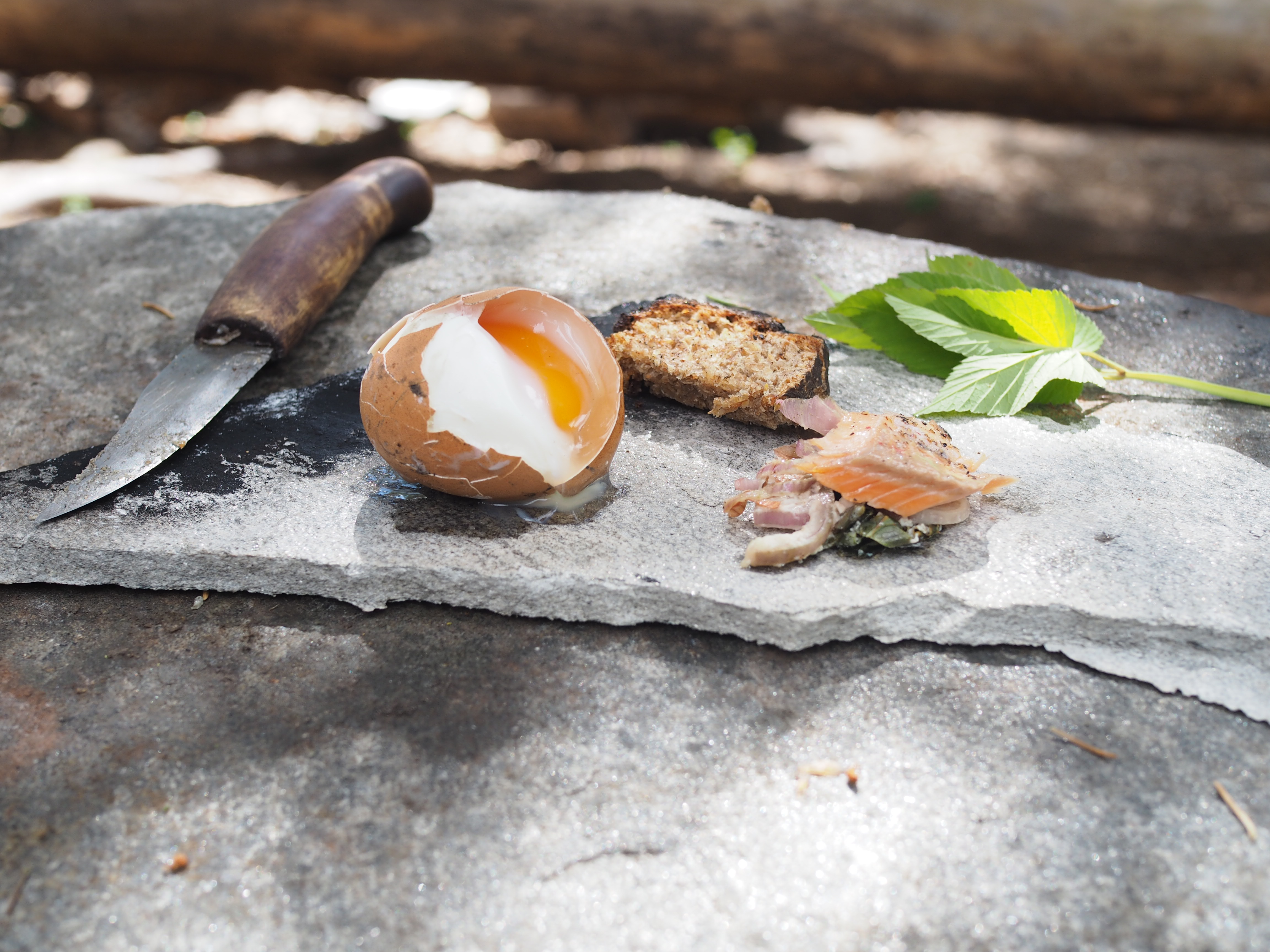



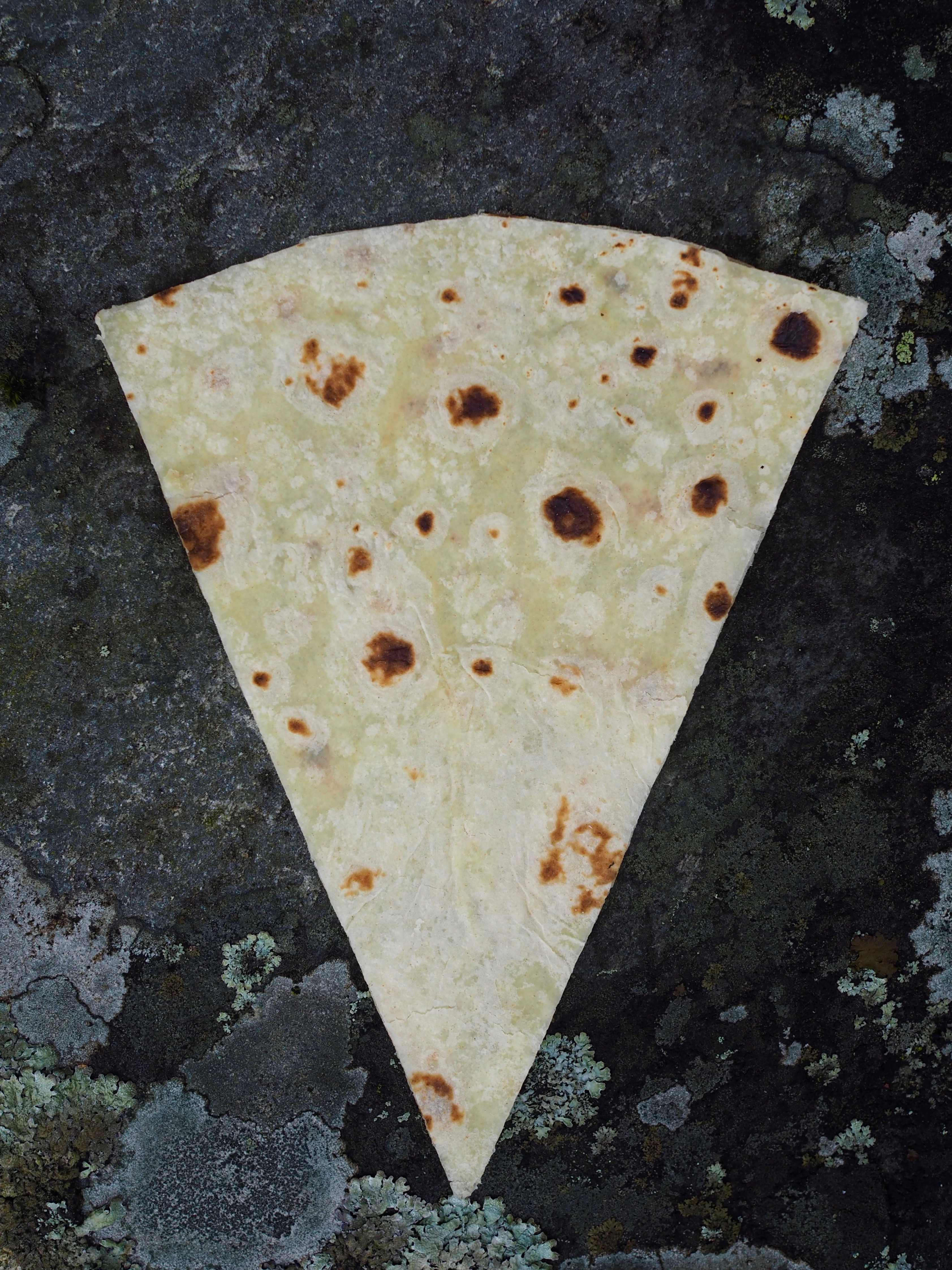

 My second visit to
My second visit to 
